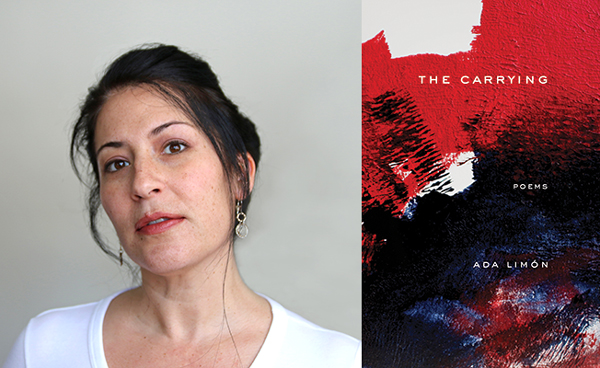
Cal State chooses first Mexican American chancellor
The next head of the California State University system — with 480,000 students, the largest public four-year university in the U.S. — will be the first California native and the first Mexican American chancellor to oversee it.
The CSU Board of Trustees selected Joseph I. Castro, current president at Fresno State, to helm the 23-campus California State University system, which has been walloped by the financial fallout left by the coronavirus pandemic.
Managing budget concerns and Cal State’s public health anxieties will be key tasks for Castro, who takes the reins Jan. 4.
The CSU Board of Trustees selected Castro in a closed door meeting this week after a six-month search — assisted by executive search firm Isaacson, Miller — to replace outgoing Chancellor Timothy P. White, who said he was retiring last October but stayed on through the fall term to guide the system through the pandemic. The search began in November but stalled between March and July as the CSU battled the effects of COVID-19.
The pandemic has hammered CSU’s finances, which has spent nearly $200 million through July on new expenses and refunds related to the coronavirus. After a colossal collapse in state revenue, CSU’s operating budget for 2020-21 has shrunk 4.4% compared to last year, the result of a $299 million cut in state funding and tuition and fee revenue declines of $16 million.
Managing budget concerns and Cal State’s public health anxieties will be key tasks for Castro, who takes the reins Jan. 4. Few Cal State campuses rolled out widespread testing for students who returned to live on campus — a small fraction of the typical population of students who live in CSU dorms and apartments. That the virus shows no signs of abating prompted the current CSU chancellor, White, to keep campuses largely virtual through the 2020-21 academic year.
Castro will receive a starting salary of $625,000. That’s nearly double his salary at Fresno State of $339,000, according to 2019 Chronicle of Higher Education data, but lower than some of the salaries of executives leading smaller state university systems in the U.S. Current Chancellor White’s salary is $478,000. Castro will also receive a monthly auto allowance of $1,000 and an annual housing allowance of $95,000.
Castro hails from the San Joaquin Valley town of Hanford, and sees growing up in the Central Valley as core to his identity. “My family immigrated here 100 years ago,” he told CalMatters in an interview. “My great grandfather helped to build the railroad through the valley.”


